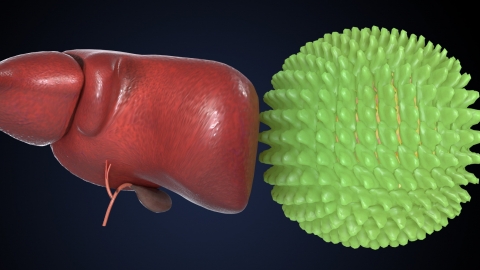How is hepatitis B transmitted?
Hepatitis B usually refers to Hepatitis B viral infection. Generally, Hepatitis B is a liver disease caused by the Hepatitis B virus. The primary modes of transmission include blood-borne transmission, mother-to-child transmission, sexual contact transmission, body fluid contact transmission, and iatrogenic transmission. Detailed explanations are as follows:

1. Blood-borne transmission: The Hepatitis B virus can be transmitted through blood. This commonly occurs through sharing injection needles contaminated with the virus, receiving blood or blood products that have not undergone rigorous screening, or undergoing invasive procedures such as tattooing, ear piercing, or tooth extraction with inadequately sterilized instruments.
2. Mother-to-child transmission: Mothers infected with the Hepatitis B virus may transmit the virus to the fetus or newborn during pregnancy, childbirth, or breastfeeding after delivery. Without proper mother-to-child preventive measures, the risk of transmission increases.
3. Sexual contact transmission: Engaging in unprotected sexual activity with someone infected with the Hepatitis B virus is a significant mode of transmission. The virus can enter the other person's body through contact with genital mucous membranes. Individuals with multiple sexual partners or those who also suffer from other sexually transmitted diseases face an increased risk of infection.
4. Body fluid contact transmission: The Hepatitis B virus exists in body fluids such as saliva, semen, and vaginal secretions. If one comes into contact with contaminated body fluids and has broken skin or mucous membranes, the virus may enter the body. For example, sharing contaminated personal hygiene items such as toothbrushes, razors, or towels can lead to transmission.
5. Iatrogenic transmission: During medical procedures, if dental instruments, surgical instruments, acupuncture needles, or other medical devices are not thoroughly sterilized, or if medical waste is improperly handled, transmission of the Hepatitis B virus may occur.
In daily life, uninfected individuals can enhance their protection by receiving the Hepatitis B vaccine. Infected individuals should take precautions to avoid transmitting the virus to others. Additionally, regardless of infection status, individuals should avoid sharing personal hygiene items and choose正规 medical facilities for medical procedures.





